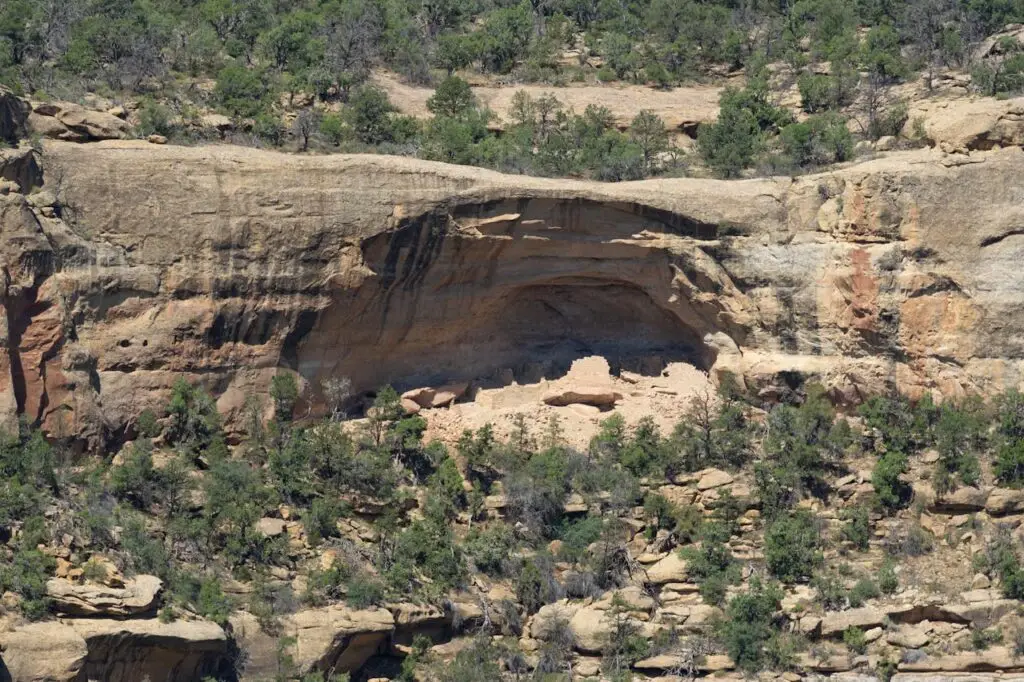
National Parks Near Las Vegas: A Quick Guide
National Parks are one of America’s greatest ideas. Preserving unique and beautiful landscapes holds these treasures for centuries to come. Las Vegas is a fantastic place to start your national park trip. Optimally located within an 8-hour drive of at least 15 parks, it can be used as a home base for day trips as well as a starting spot for longer excursions. We’ll take a look at the national parks near Las Vegas and sort them first by distance, giving you a good overview of what’s where, discuss each park briefly, and then put together a few potential itineraries for you. As you’re going through your national park trip planning, please remember that these lands were loved and cared for by the native people that lived here before Europeans colonized the country, and often still live in the area.
National Parks Near Las Vegas: Parks Within a Half-Day Drive
There are plenty of outdoor recreation options close to Vegas, including land managed by the National Forest Service, the Bureau of Land Management, the State of Nevada, and even the Department of Reclamation (that’s the Hoover Dam, but not Lake Mead). But here, we’ll focus on lands managed by the US National Park Service, specifically those areas designated as National Parks.
Las Vegas does have two NPS units, namely Red Rock Canyon and Lake Mead National Recreation Area, but we’ll cover those elsewhere, along with cool spots like the Mojave Desert, Lake Powell, and Antelope Canyon. The following parks are within a 4-5 hour drive of Las Vegas, including time changes:
- Death Valley
- Zion
- Bryce Canyon
- Joshua Tree
- Grand Canyon
Death Valley
Only about 2 hours from Las Vegas, Death Valley is the largest National Park outside of Alaska and is home to Badwater Basin, the lowest point in the US. There’s also sand dunes, salt flats, and fantastic night skies where you can see the Milky Way in all its glory. Only have time for a day trip? Check out our Las Vegas to Death Valley National Park day trip guide!
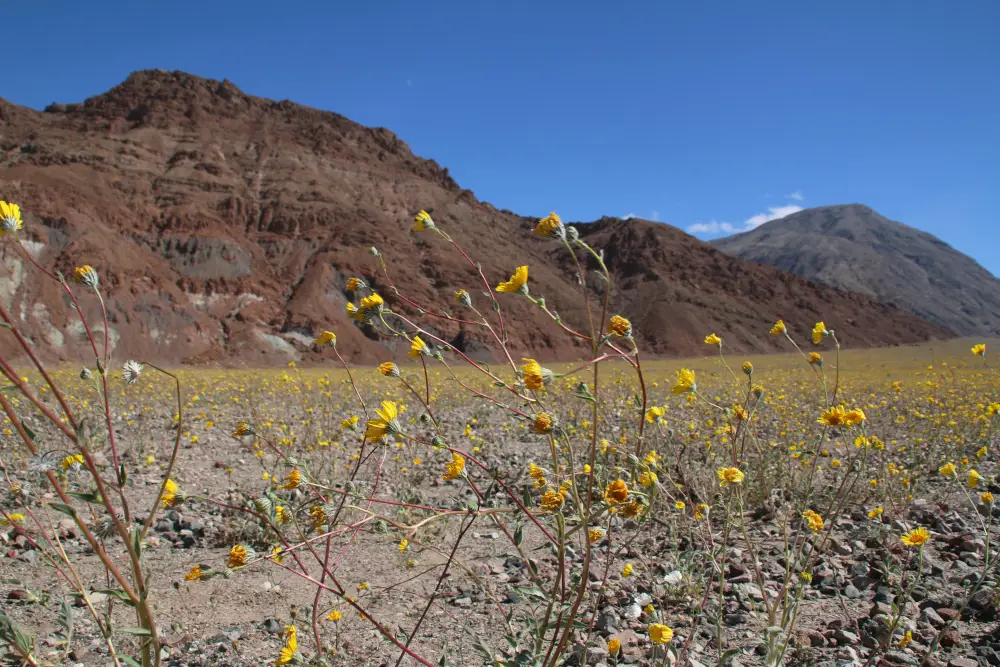
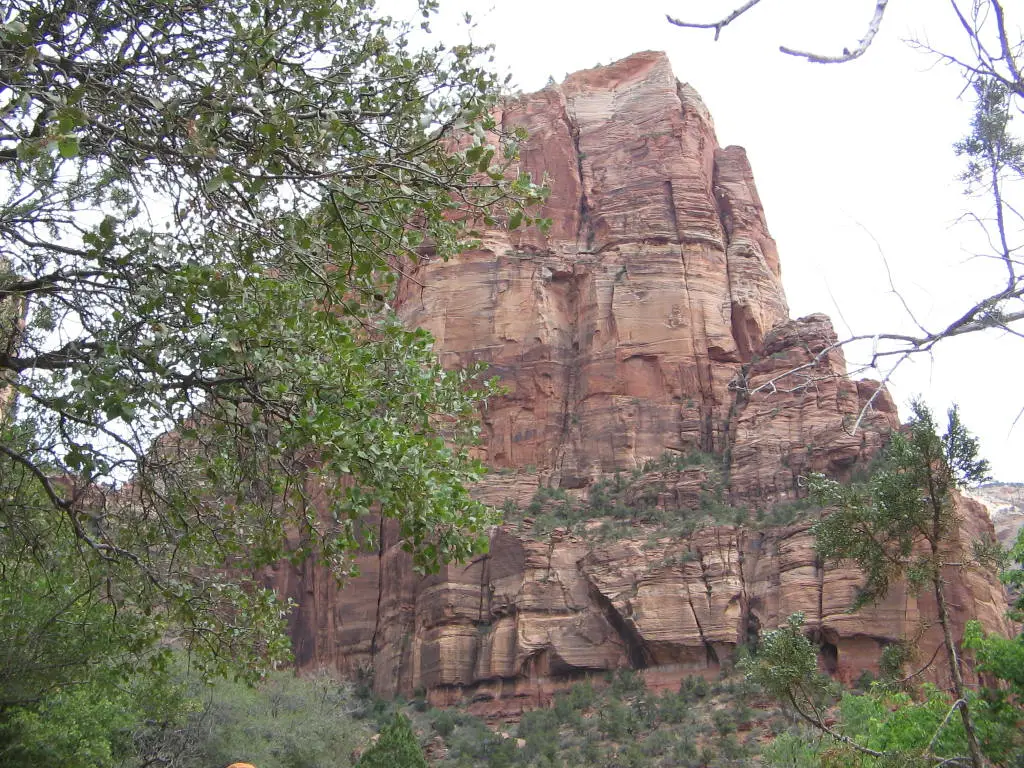
Zion National Park
Stunning Zion Canyon is about 3 hours from Las Vegas, including a time change at the Arizona border. Utah’s first National Park is famous for its stunning sheer canyon walls and dizzying viewpoints thanks to the Virgin River. The Scenic Drive is off-limits to personal vehicles for most of the year, which can make planning your trip a slight challenge. Check out our day trip guide to Zion!
Bryce Canyon National Park
Less than an hour east of Zion is Bryce Canyon National Park. The highest part of the Grand Staircase, which includes Grand Canyon and Zion, Bryce is known for its unique rock formations, called hoodoos, and red rocks. Bryce is fantastic for hikers and sightseers alike. The viewpoints from the drive through the park are absolutely breathtaking and give some of the best views without taking more than 3 steps from the car. Hikers will enjoy the ease of a downhill route at the start, but remember to keep your energy for the incline on the way back!
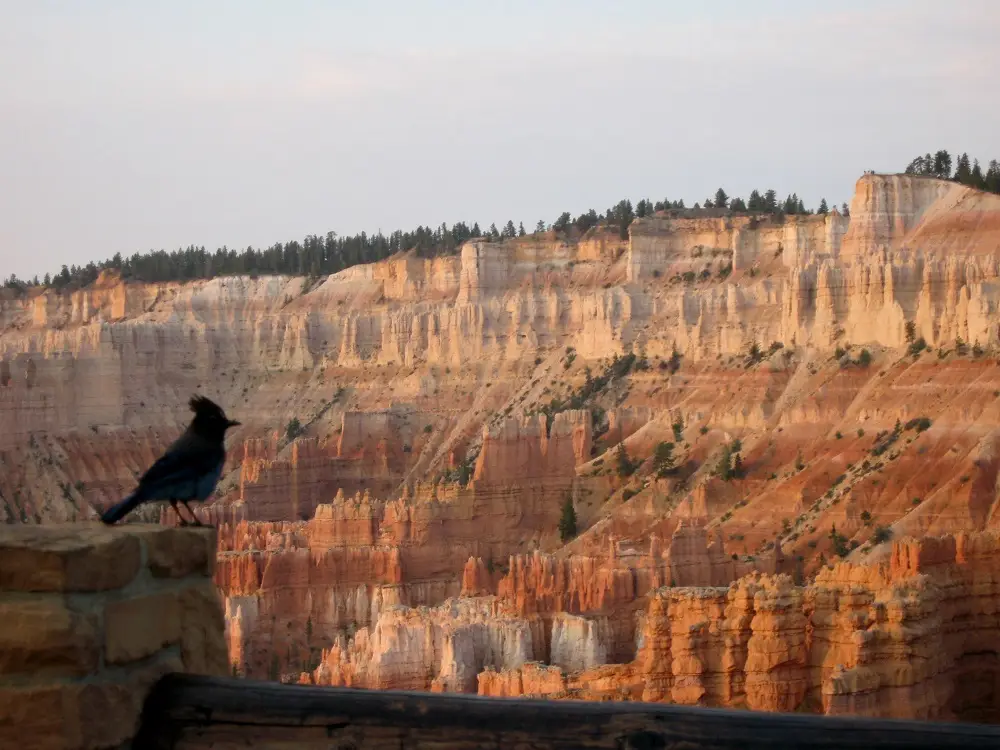
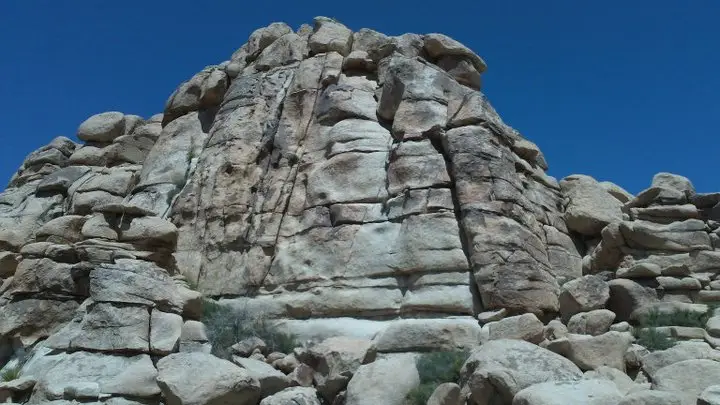
Joshua Tree National Park
Joshua Tree is known for its namesake flora. Surprisingly, Joshua Trees aren’t trees at all, but members of the lily family. So although they look very sturdy, please do not climb, hang from, or otherwise play with the Joshua Trees. Visit Skull Rock and 29 Palms Oasis.
Grand Canyon National Park
See the impact of the Colorado River on sandstone at one of the modern wonders of the world. Both the South Rim and the North Rim are just around 4 hours away and can be done in a very long day. Arguably the best national park, if you have the time, an overnight to watch the sunset and the sunrise is absolutely worth it.
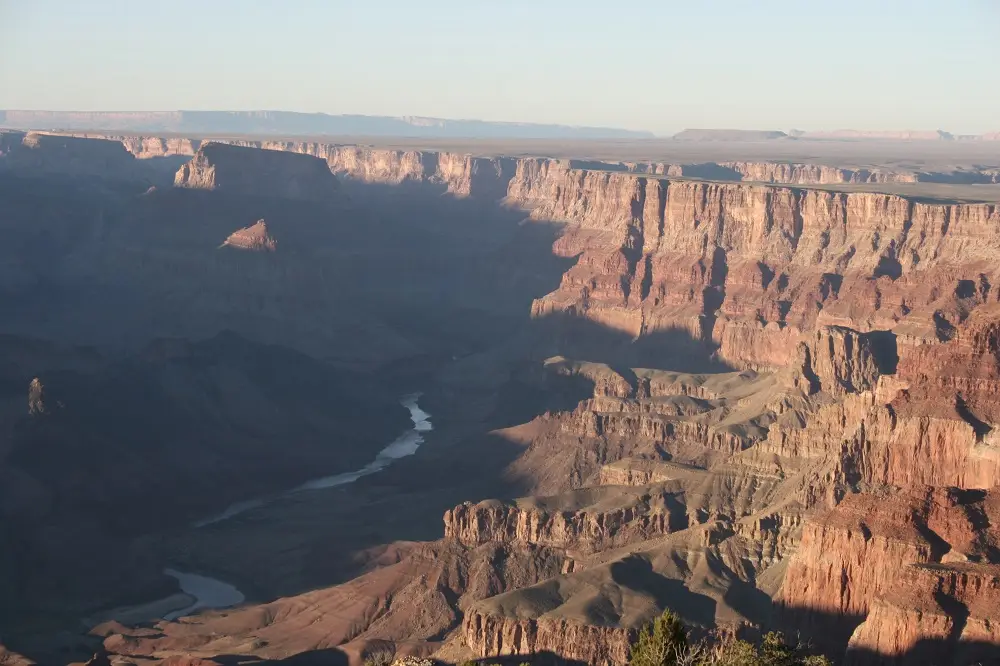
National Parks Near Las Vegas: Parks within a Full Day’s Drive
If you’re starting your road trip from Las Vegas and want to hit parks a bit further afield, these parks come into question. They’re all between 5 and 8 hours’ drive from Las Vegas, so you definitely want a whole weekend to explore. Some of them, we’re the closest major airport, but others have multiple airport options for access. These national parks near Las Vegas are great points for a road trip.
NV/AZ/CO Parks
- Great Basin
- Mesa Verde
- Saguaro
- Petrified Forest
CA Parks
- Yosemite
- Sequoia/Kings Canyon
- Pinnacles
- Channel Islands
UT Parks
- Arches
- Canyonlands
- Capitol Reef
Nevada Parks – Great Basin National Park
The only NP exclusively in Nevada, Great Basin is home to Lehman Caves, a fantastic cave system that’s around 52F year-round. Cave tours often sell out, so book your tour early. Outside of the caves, Great Basin features fantastic Alpine-style views and hiking among mountain peaks. On your way, you’ll pass by Cathedral Gorge State Park, which is definitely worth a stop.
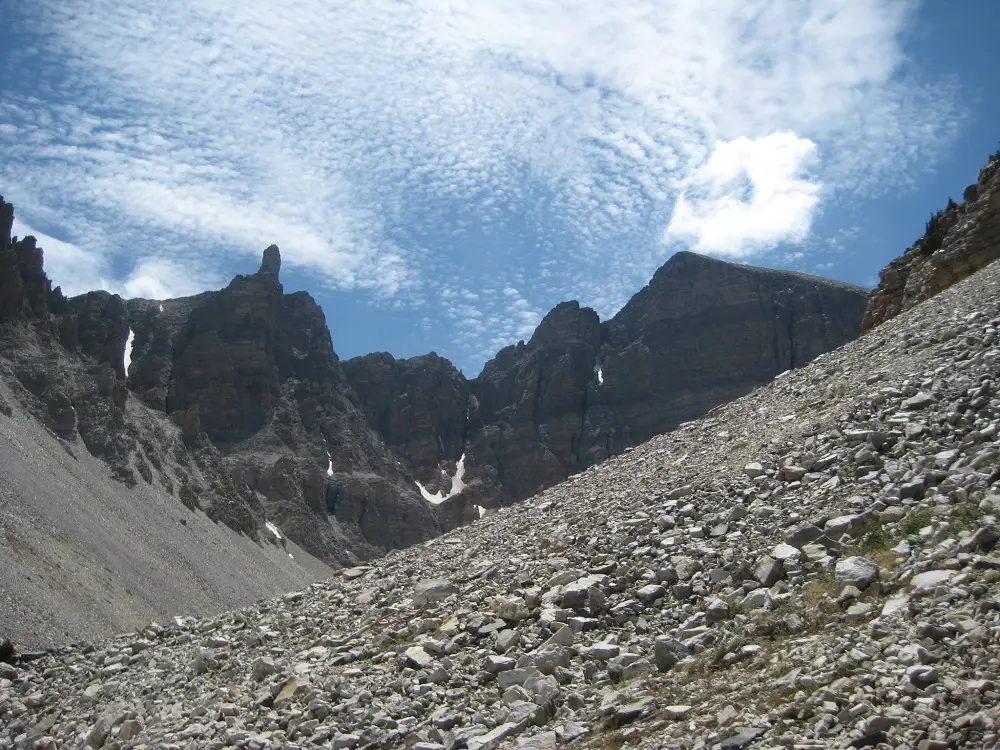
Colorado Parks – Mesa Verde National Park
Out of Colorado’s scenic parks, only Mesa Verde is within an 8-hour drive. Black Canyon of the Gunnison is just outside our target range at 8.5 hours, but Mesa Verde sneaks in at just about 8 hours. The amazing historical cliff dwellings let us modern folks wonder at the ingenuity and engineering prowess of ancient native civilizations, creating homes out of precarious cliff faces.
Arizona National Parks Near Las Vegas
Arizona boasts some incredible National Parks in addition to the Grand Canyon. These two parks bring history and geology to life. What you’ll see here is like nothing else, even if it’s not labelled “grand.”
Petrified Forest National Park
Petrified Forest may conjure up images of tall trees, but this forest is flat. All the wood has fallen and turned into stone, becoming petrified wood. The park also preserves ancient native artifacts, including a massive petroglyph site and ruins of adobe buildings. Watching the sunset on the mesas facing north is a highlight.
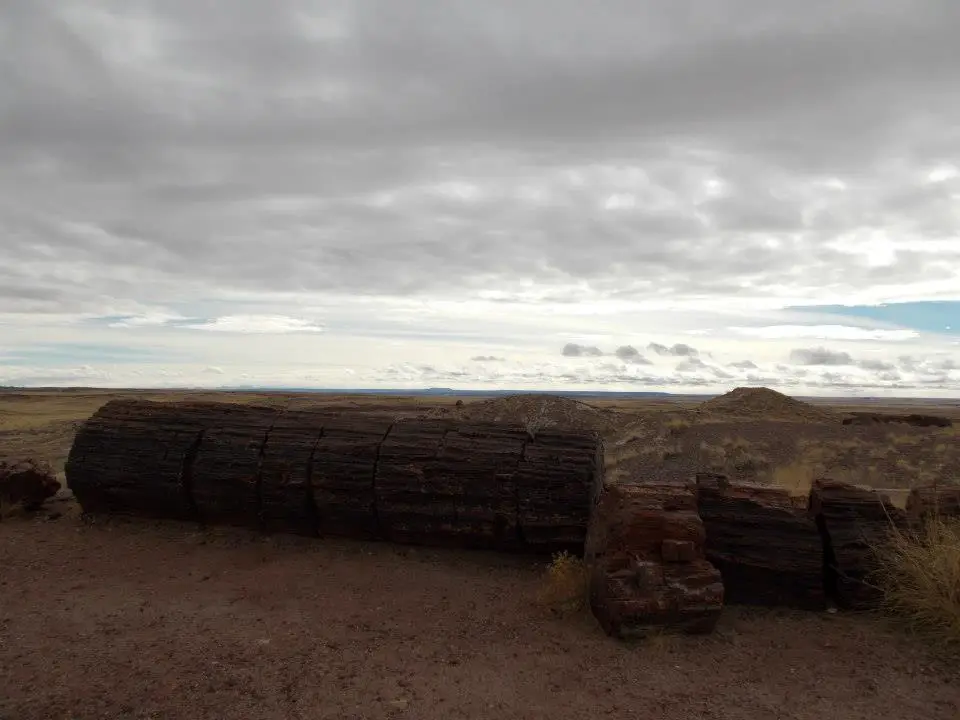
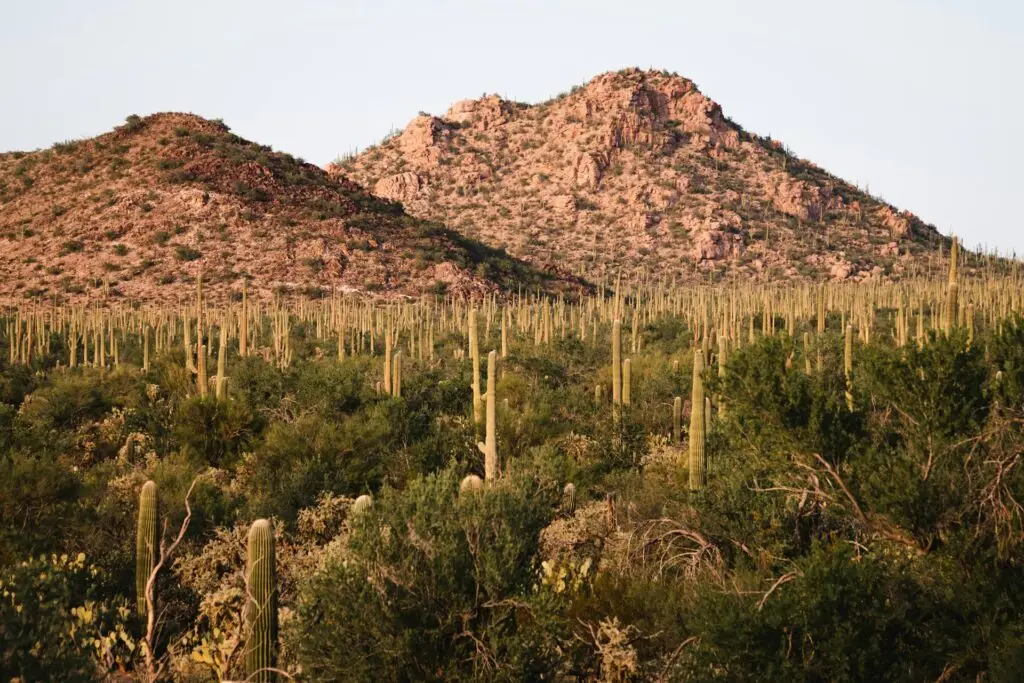
Saguaro National Park
Split in two around the city of Tucson, Saguaro is the home of the iconic cactus of the Southwest. Visit in fall or winter for the most hiking and enjoyment options.
California National Parks Near Las Vegas – Full Day Drives
California has nine National Parks. Seven of them are within an 8-hour drive of Las Vegas. We’ve already covered two desert parks. The rest cover a variety of environments and wildlife, from unique islands to the towering majesty of Yosemite. Let’s dive in.
Yosemite National Park
Yosemite is an 8-hour drive from Las Vegas. Known for waterfalls and Half Dome, this stunning park is the epicenter of American rock climbing, so watch sheer cliff faces for small brightly-moving dots – those are climbers’ helmets.
Our secret tip for visiting Yosemite Valley is to bike it! Once you’ve found a parking spot in the park, rent a bike and get through the valley on two wheels. You’ll get to more places more easily, and you can stop whenever you like for a photo.
Most folks pair Yosemite with Sequoia. If you’re going in the summer, our recommendation is to drive up the 395, through the Alabama Hills, and enter Yosemite from the east entrance. The 395 is a gorgeous drive that goes through forest and quaint small towns but closes in the winter and spring due to heavy snow.
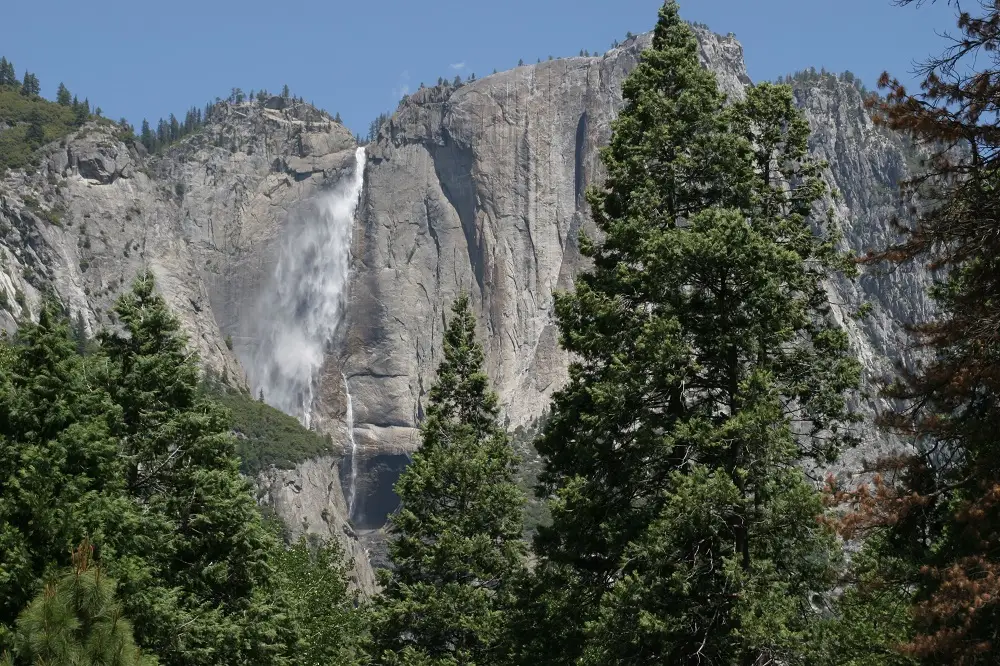
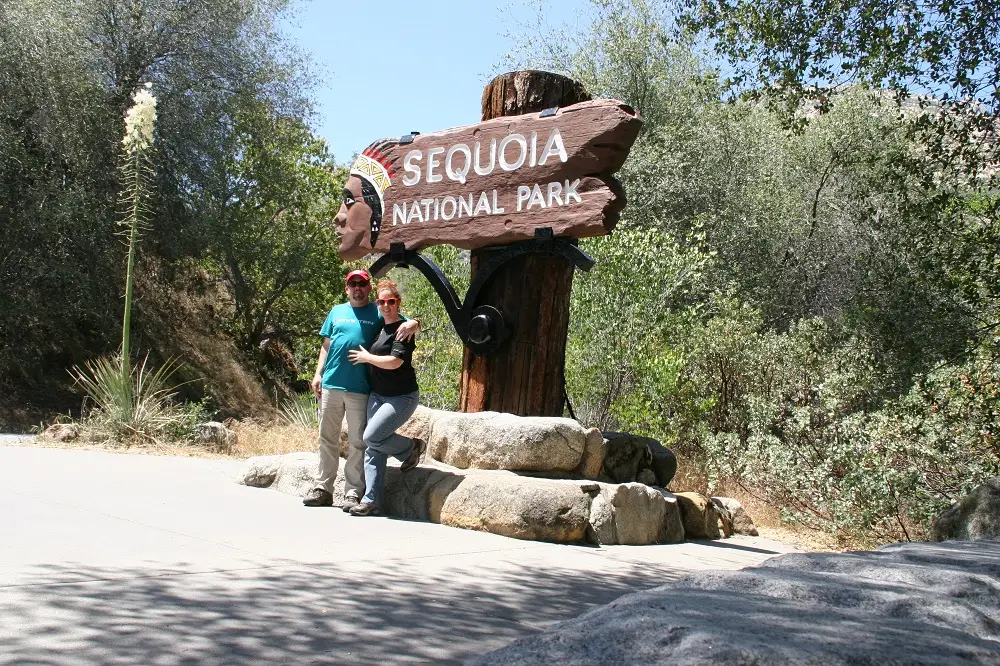
Sequoia & Kings Canyon National Parks
Home to the tallest trees in the world, Sequoia makes a fantastic break from the summer heat. While you can’t drive through trees anymore, SEKI is still a breathtaking destination. It’s at high elevation and can have road closures in the winter due to snow. Check the weather before heading out.
Pinnacles National Park
Pinnacles is the best park for adventure-seekers. The highlights are the two massive caves, one on each side of the park. But the high peaks area offers a fantastic view and shouldn’t be missed. Be careful – this park is in the high desert, and should be done with lots of water and care.
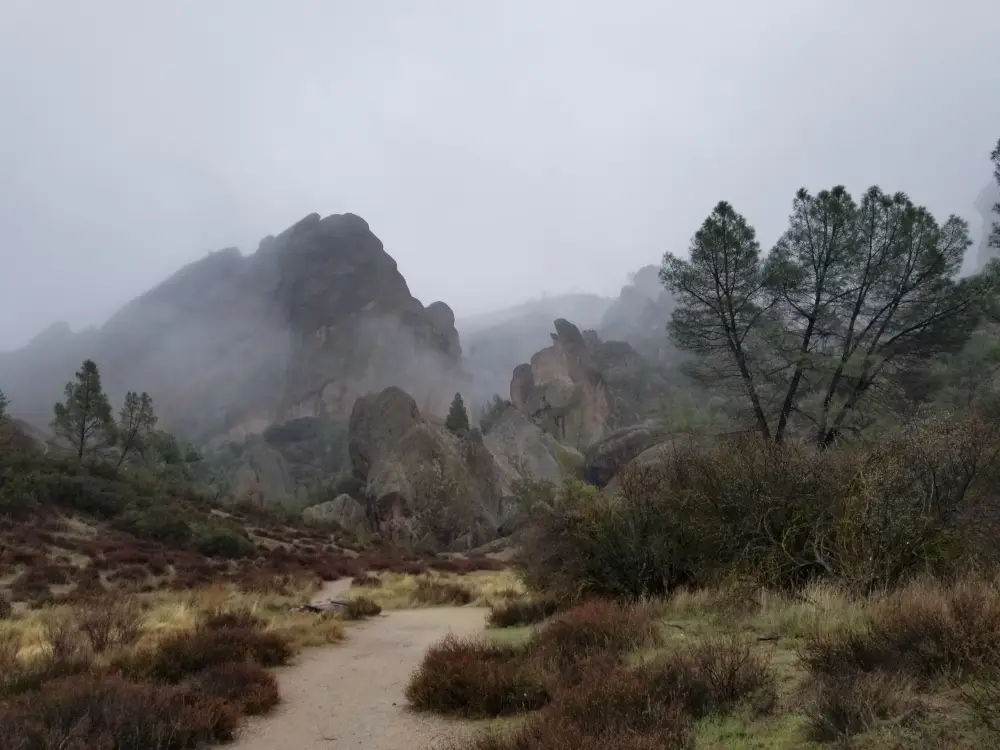
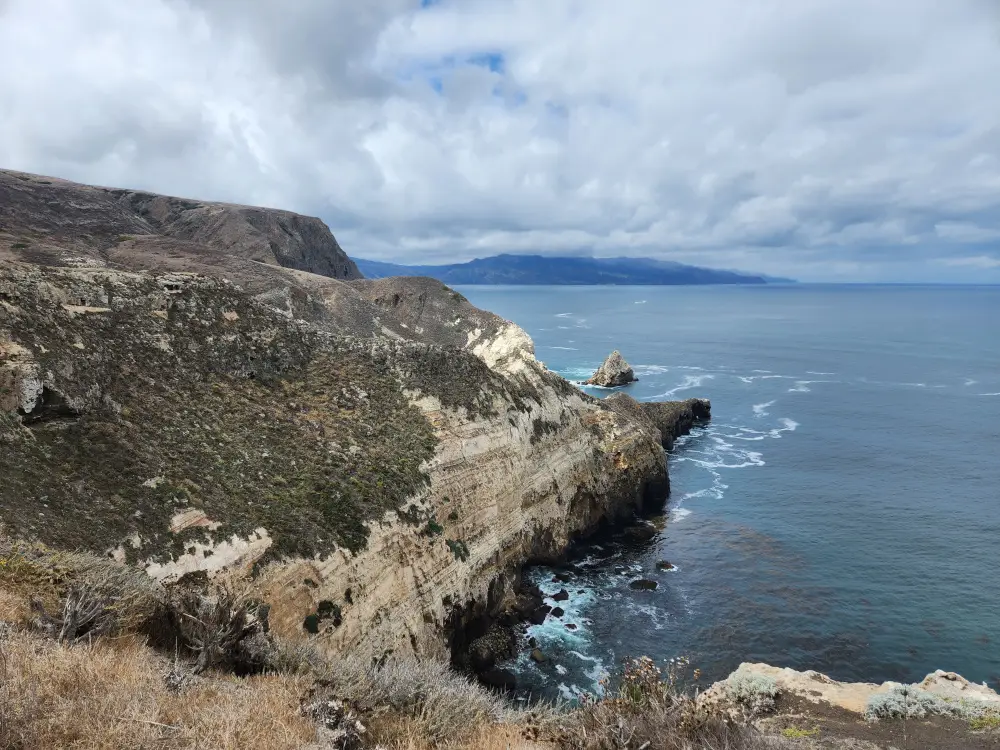
Channel Islands National Park
Technically, the park is less than 5 hours away, depending on Los Angeles traffic. But since it’s only accessible by ferry, it’s best to head to Ventura, CA, the night before for an early morning start. Besides dramatic island cliff views, you’ll also see plenty of the Channel Island Fox. Utah Parks
Utah Parks
Utah’s Mighty 5 parks are all unique perspectives of what time, water, and wind can do to stone and sand. We’ve already mentioned Zion and Bryce, but the other three shouldn’t be overlooked.
Capitol Reef National Park
Capitol Reef is a hidden gem of a park. Between Bryce and Moab, UT, it’s great for a quick visit. If you happen to have a high clearance vehicle, some of the more extravagant parts of the park open up to you.
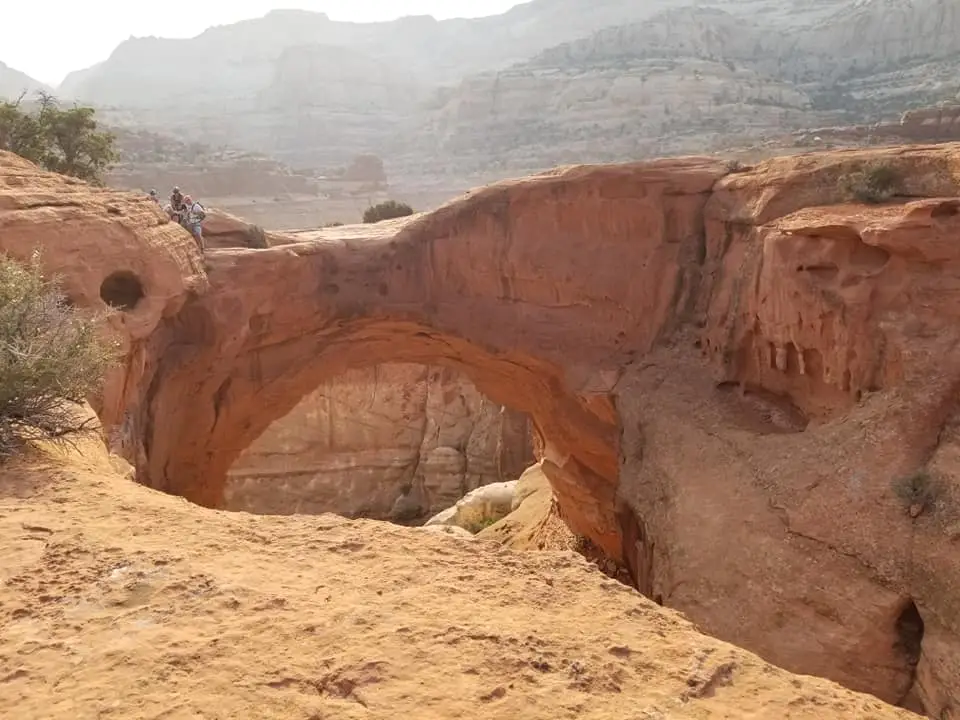
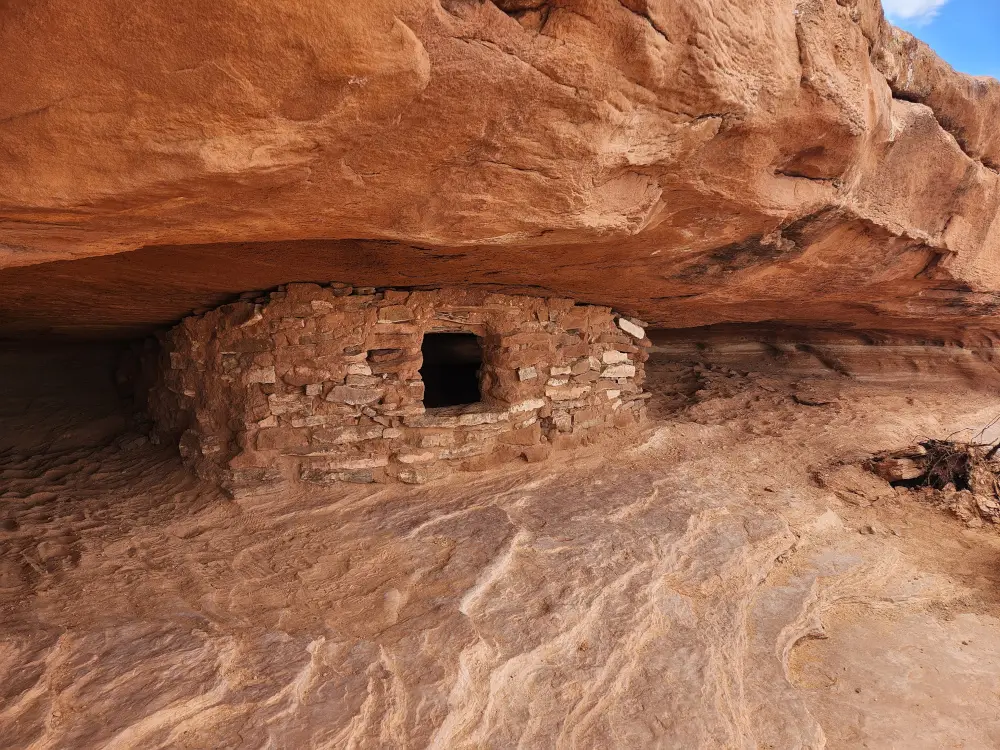
Canyonlands National Park
Arches gets all the hype, but Canyonlands is bigger and more rugged. I think it’s partially because Canyonlands is so big and so divided – it’s cut by rivers and mountains into about 4 parts – that it’s hard to wrangle. But it’s certainly worth it, from historic structures to stunning vistas. The netrance is literally just down the road from Arches.
Arches National Park
Arguably Utah’s most famous park, the stone arches that give the park its name and feature on license plates are truly stunning to behold. Planning a trip to Arches can be a little complicated due to their timed entry system, but the hassle is totally worth it.
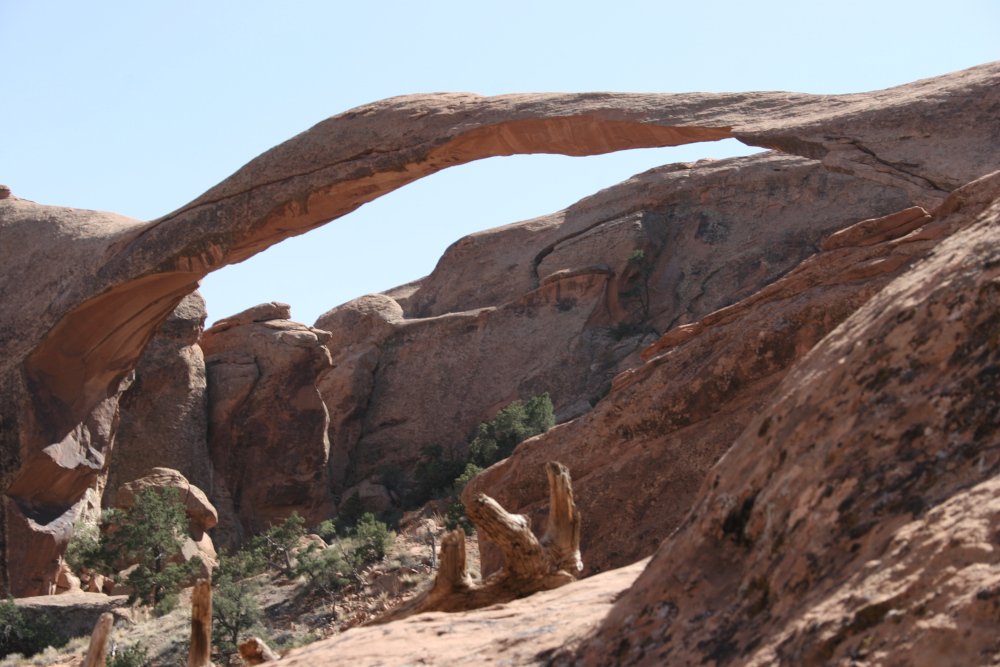
16 National Parks Near Las Vegas
With so many options, how do you choose? Start with the amount of time you have. For day trips, any of the 5 parks within a half-day’s drive will work, with Death Valley and Zion being your frontrunners. Grand Canyon is possible, but plan for a very long day.
The other parks are best done as part of a road trip with at least two overnights. We’re building out suggested trip itineraries for most of the parks, so you have a better idea of how long to be in each spot. We’ll also include our personal tips for each park, helping you avoid stress, traffic, and other annoyances.
NPS Resources
For many visitors, the parks in the west are a once-in-a-lifetime trip. The environment can be very different from what you’re used to. Assumptions about weather, terrain, and conditions can make a trip memorable for all the wrong reasons.
The second step in your trip planning – besides reading our site – is to visit the National Parks website. This amazing resource has up-to-date conditions, closures, restrictions, permit information and more. Add your planned parks to your social media feeds, as urgent announcements, like emergency road or trail closures, are often announced on these channels.
The NPS app is another great resource. Save your parks for offline use so that you have the basic park information no matter where you are.
However, neither of these resources are great for actual trail information.
Maps and Internet Access While In National Parks Near Las Vegas
National Parks exist to preserve nature as close to its original state as possible. That means that cell towers and high-speed Internet may only be accessible in a hotel. In some areas, even GPS can be spotty. Be sure to download any and all maps to your phone for offline use before setting out on your trip. We strongly recommend paper maps as well, and a refresher on how to read them if necessary. REI or your local outdoors shop may have free orienteering classes.
For digital hiking maps, I like Hiking Project. Last I checked, using and downloading unlimited maps was free, and the GPS tracking was pretty accurate.
Weather – Altitude vs Latitude
In the National Parks near Las Vegas, the main influence on the weather is altitude, how high above sea level you are. On the east side of the Continental Divide, it’s latitude – how for north or south you are. Instead of thinking north = cold, here, high = cold. Zion may be 100F, but Bryce Canyon, about an hour away, will be in the 80s, as it’s around 8,000 feet high.
Hopefully these tips will help you plan a National Park experience near Las Vegas that becomes a core memory for years to come!
